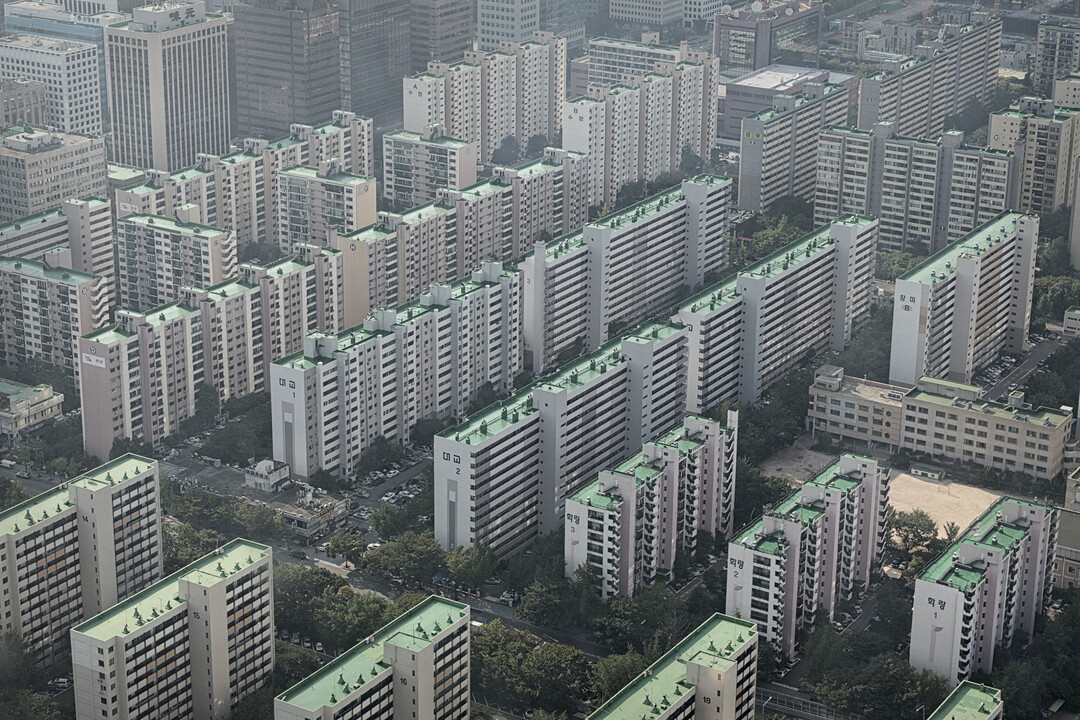
(C) The Japan Times
SEOUL — The struggle for homeownership in South Korea’s capital has reached a critical juncture, with the number of houseless households led by those in their 30s in Seoul hitting an all-time high last year. This development underscores a deepening crisis for young professionals attempting to enter the housing market, a trend exacerbated by skyrocketing property prices and insufficient housing supply.
According to the latest housing ownership statistics from the National Data Agency (formerly Statistics Korea), the number of 30-something household heads in Seoul without their own home reached 527,729 last year. This figure, marking the largest since the statistics began in 2015, represents an increase of 17,215 households from the previous year.
Widening Disparity in Housing Ownership
In stark contrast to the burgeoning number of houseless households, the count of 30-something homeowners in Seoul has been on a three-year decline. Last year, the number of households in this age bracket who owned a home dropped to 183,456, a reduction of 7,893 from the year prior, reaching its lowest level on record.
This divergence has resulted in a massive gap: the number of houseless households is now 2.9 times that of home-owning households—the widest disparity ever recorded. This is a significant slide from 2015, when approximately 237,000 households in their 30s owned a home. After a brief uptick in 2021, the number of homeowners fell below the 200,000 mark in 2023, settling at 191,349 before the most recent decline.
As a result, the homeownership rate for 30-somethings in Seoul—the proportion of households in this age group that own a home—plunged to just 25.8% last year. This rate has steadily fallen from 33.3% in 2015, briefly recovering in 2021 (31.2%) before a sharper drop to 29.3% in 2022, culminating in the current low of 25%.
Seoul vs. the Nation: A 10-Point Gap
While the national homeownership rate for 30-somethings has also hit a record low, standing at 36.0% after six consecutive years of decline, Seoul’s rate lags behind by more than 10 percentage points.
Analysts attribute this substantial difference to several compounding factors: the intense concentration of population in the capital region, the dramatic surge in Seoul’s home prices—with the Korea Real Estate Board reporting a 1.19% rise in October, the highest in 7 years and 1 month—and the societal trend of delayed employment and marriage. The challenge of securing a home has been amplified by the unique demographic characteristics of Seoul, particularly its high concentration of single-person households, and the effect of the government's strengthened real estate policies, which some argue have inadvertently raised the barriers to market entry.
A Strong Desire for Homeownership Amid Difficulties
Despite the daunting market realities, the aspiration for homeownership remains strong among young people. A survey conducted by the Land and Housing Research Institute last year on 700 single-person, houseless youths nationwide found that a vast majority—83.2%—believed that securing their own home was necessary for residential stability and asset formation.
When asked about necessary support policies, respondents prioritized financial assistance for home purchases (24.3%) and jeonse (long-term deposit) loans (22.3%). These were followed by public rental housing (18.6%) and public housing subscriptions (14.4%). The findings underscore the critical need for targeted policy interventions to support the younger generation in navigating the increasingly inaccessible path to their first home in Seoul.
[Copyright (c) Global Economic Times. All Rights Reserved.]




























